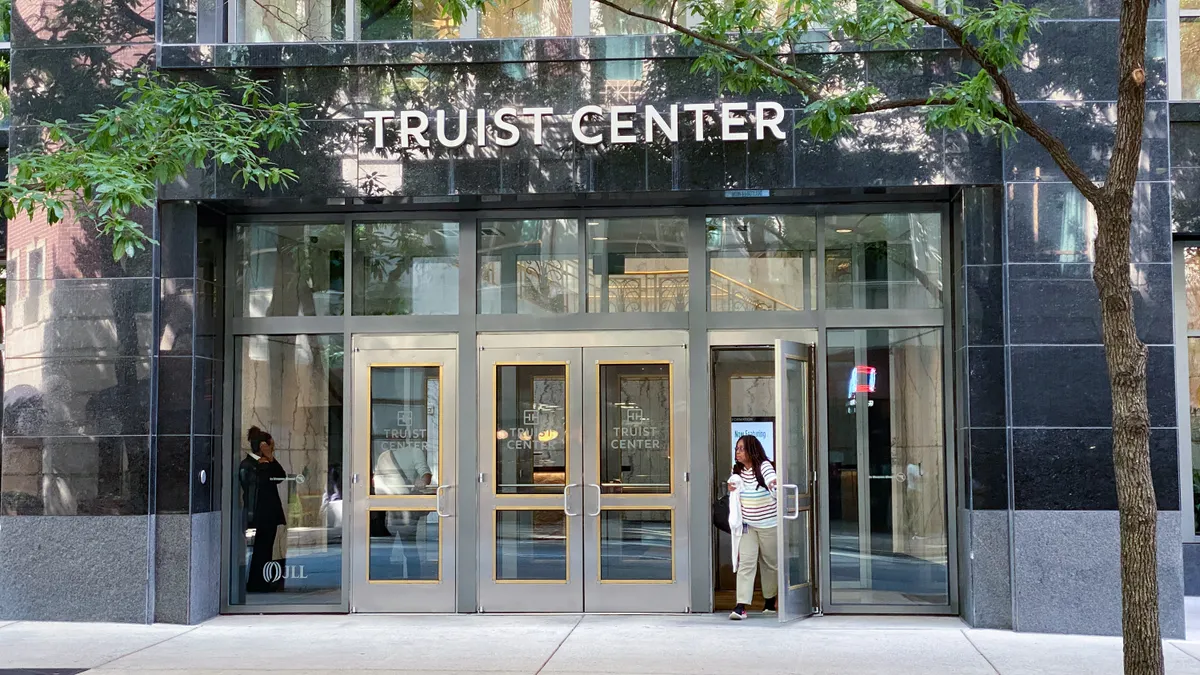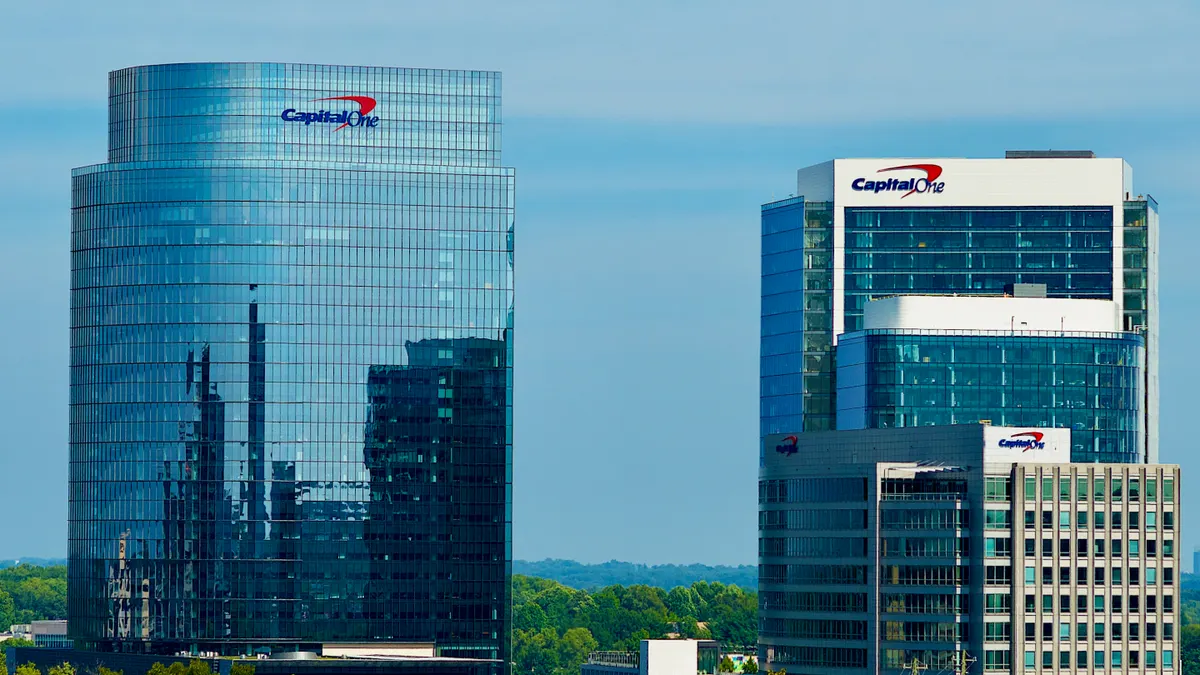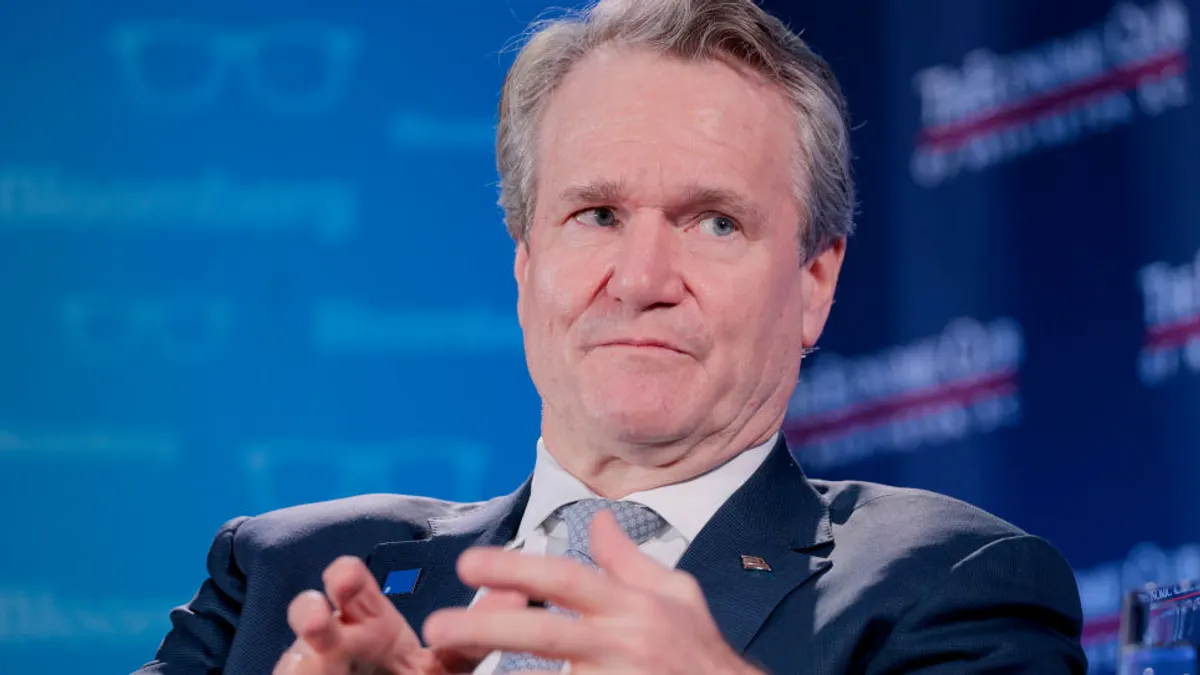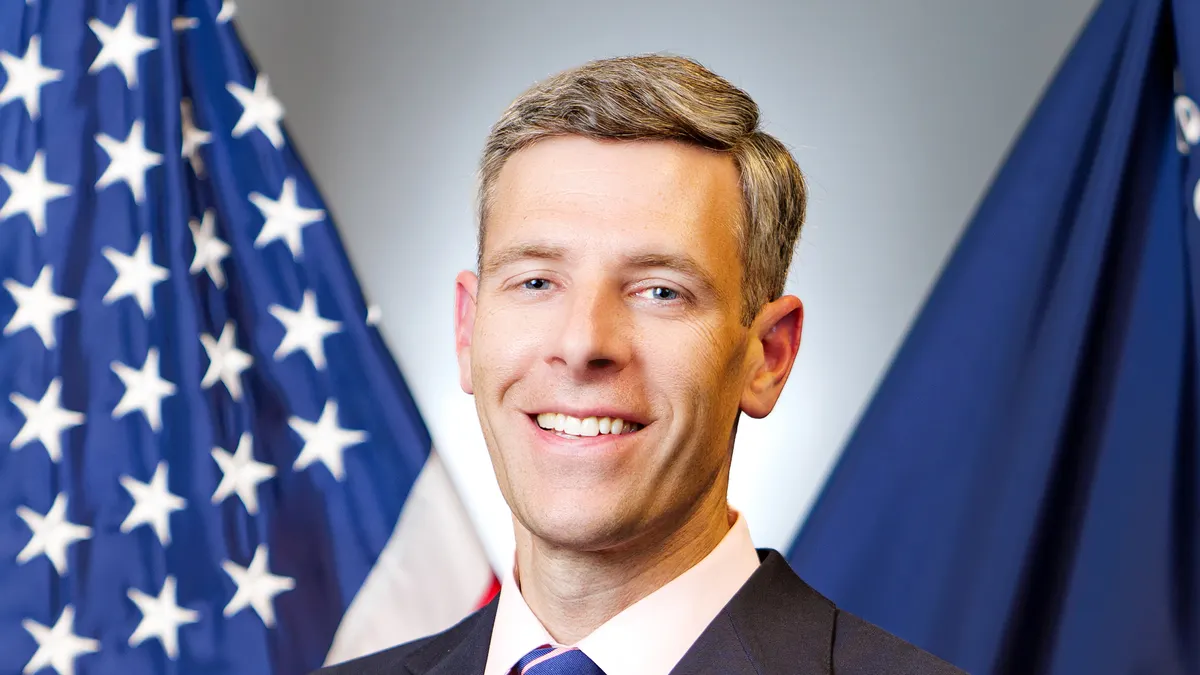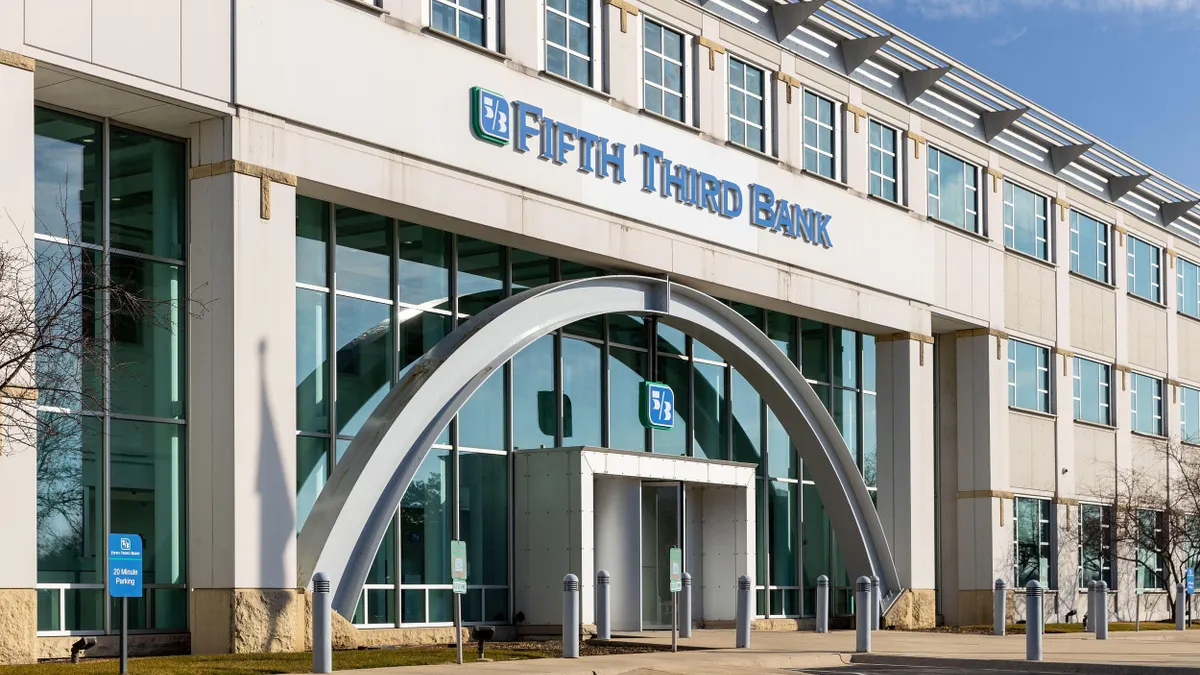Three weeks ago, executives at Jefferies might have been excused for thinking the lead storyline at the bank’s investor day this coming Thursday would have been details of an enhanced partnership with Sumitomo Mitsui Banking Corp.
That changed last week, when Jefferies disclosed exposure to debt from the bankruptcy of auto parts supplier First Brands.
Jefferies CEO Rich Handler and President Brian Friedman, in a letter Sunday, sought to stem the tide of concern from investors, who have sent the bank’s stock plunging 22.6% since Sept. 30, just after First Brands declared bankruptcy.
The executives said Jefferies’ exposure to First Brands is about $45 million – a far smaller figure than the $715 million mentioned in last week’s disclosure.
“Relative to the scale of Jefferies, we are confident that any losses or expenses from these investments … can readily be absorbed and do not threaten our financial condition or business momentum,” Handler and Friedman wrote. “We believe there has been an impact on our equity market value and credit perception that is meaningfully overdone, and we expect this to correct soon as the facts and range of outcomes are better understood.”
First Brands, meanwhile, announced Monday that its CEO and founder, Patrick James, resigned. Charles Moore, the company’s chief restructuring officer, is now serving as interim chief executive.
“Our immediate priority is to ensure stability and dependability for our employees, customers and partners,” Moore said in a statement Monday.
Company leaders are investigating First Brands’ off-balance-sheet financing, Moore indicated. They’re not the only ones, allegedly. The Justice Department, too, is reportedly probing the situation.
Moore, meanwhile, is working to sell the company’s portfolio of brands. First Brands received $1.1 billion in bankruptcy financing to keep the business going. But that’s less than half of the $2.3 billion advisers said First Brands owed to purchasers of the receivables as of the company’s bankruptcy.
Handler and Friedman, at the same time, sought to distance Jefferies from the First Brands collapse, asserting that the bank “only once served as financial adviser to First Brands in respect of an acquisition.”
“In each of the other four First Brands acquisitions in which we were involved, we were on the other side of the table, negotiating against First Brands,” Handler and Friedman wrote, adding that Jefferies underwrote just one $300 million loan for First Brands, in 2023.
The executives also sought to push back against “articles and snippets that mention Jefferies (in many cases, with inaccurate or conflated allegations or assertions).”
In an FAQ portion of Sunday’s letter, Handler and Friedman asserted Jefferies did not earn undisclosed fees on financing provided to First Brands Group through a “side letter” – countering a Financial Times report from last week.
“Jefferies did not earn those fees (other than to the extent Jefferies is a 5.9% investor in the Point Bonita fund), but rather the fund’s investors received those fees,” Handler and Friedman wrote.
The executives also said “nobody” at Jefferies was aware of fraudulent activity at First Brands.
“We learned of the fraud allegations when the rest of the public learned,” Handler and Friedman said. “The issues surrounding First Brands are the result of decisions and actions at First Brands.”
The executives also touched on $48 million in First Brands term loans managed by Jefferies Finance, calling the exposure “indirect and minimal,” and noting that another investor, MassMutual, shares responsibility for those funds.
Handler and Friedman balanced their distancing by trying to drive home the gravity of investors’ concerns.
“We take this matter extremely seriously and will do everything in our power to recover the money and assets that are rightfully owned by our co-investors in Point Bonita,” Handler and Friedman said. “No matter what the ultimate outcome is, this episode, while extremely unfortunate and disappointing, is manageable and any losses will be readily absorbable.”
Handler and Friedman emphasized Jefferies’ assets and liquidity. The bank counted $10.5 billion in total equity as of Aug. 31 and $8.5 billion in tangible equity, in addition to $11.5 billion in cash, the executives said.
“Management and incentive fees from Point Bonita are immaterial to Jefferies,” Handler and Friedman said, noting that total fees for the year ending Aug. 31 were equal to 0.8% of Jefferies’ net revenue for the same period.
The executives also laid out a timeline for resolution.
“Point Bonita will have over a year, if necessary, to realize the full value of the rest of its portfolio; to pay off all its debt, which is far more than fully covered by assets apart from the First Brands-related receivables; to return the value of the rest of the fund to our co-investors; and to drive and maximize the recovery from the account receivable purchased from First Brands,” Handler and Friedman wrote.
The executives sought to remind investors, too, of Jefferies’ growing partnership with SMBC and its third-quarter results, in which the bank reported revenues of $8.2 billion and earnings before income taxes of $1.3 billion.
As for Thursday’s investor day, Handler and Friedman said they would “amplify and detail the strong momentum of our unique Wall Street firm, which remains keenly focused on executing and further realizing its potential.”
It remains to be seen whether the damage control can turn the investor day’s focus away from its First Brands entanglements.






